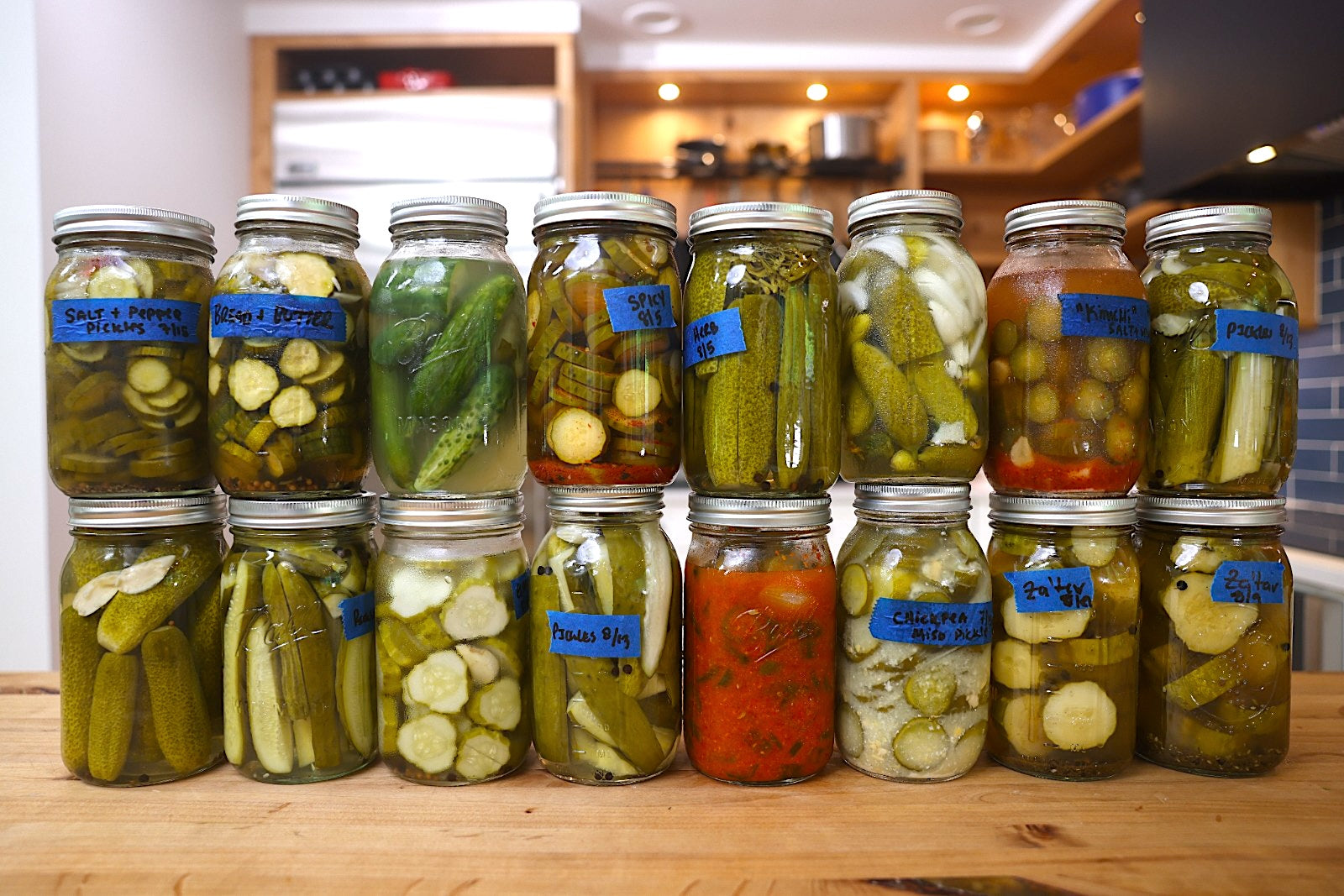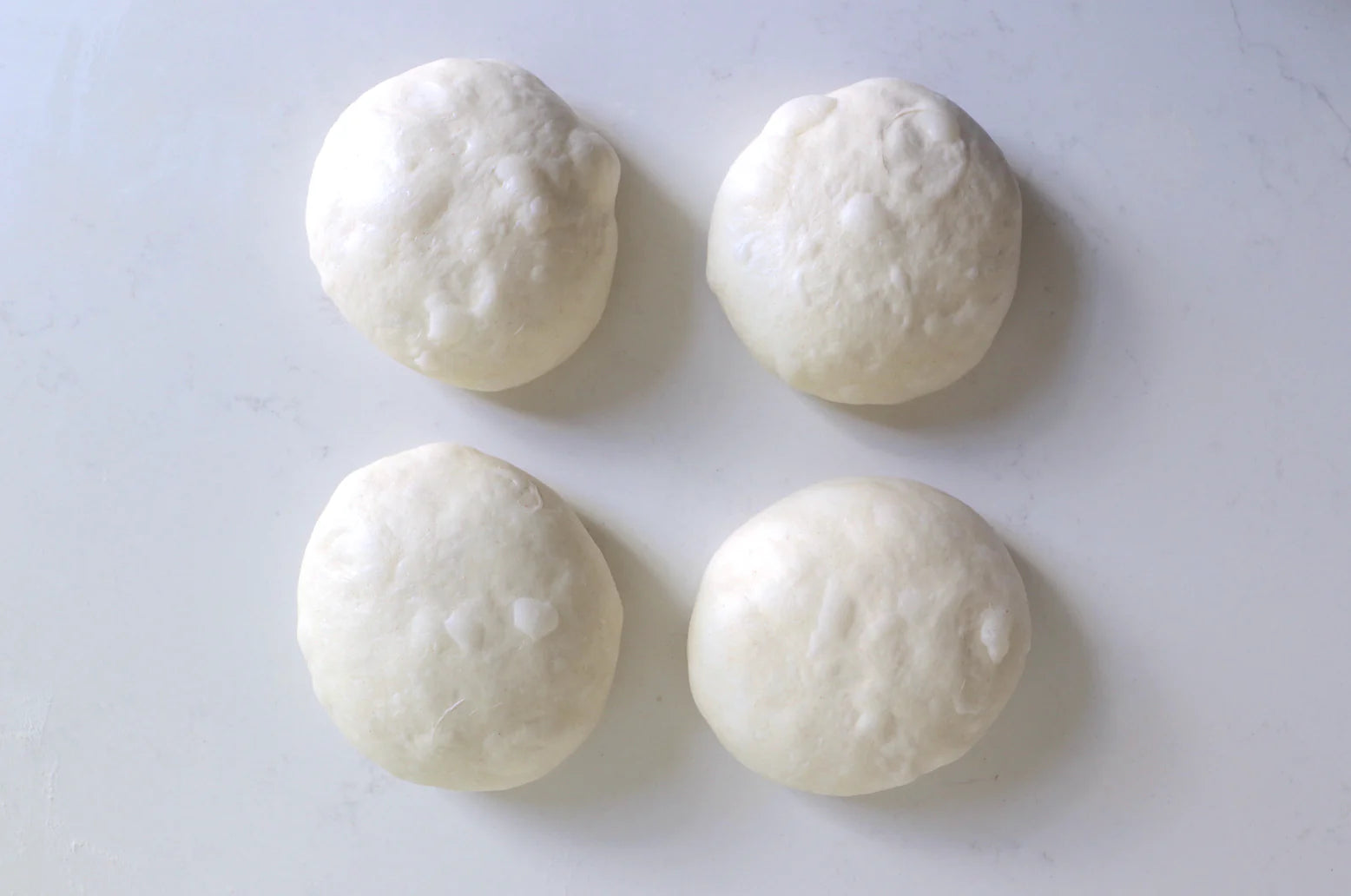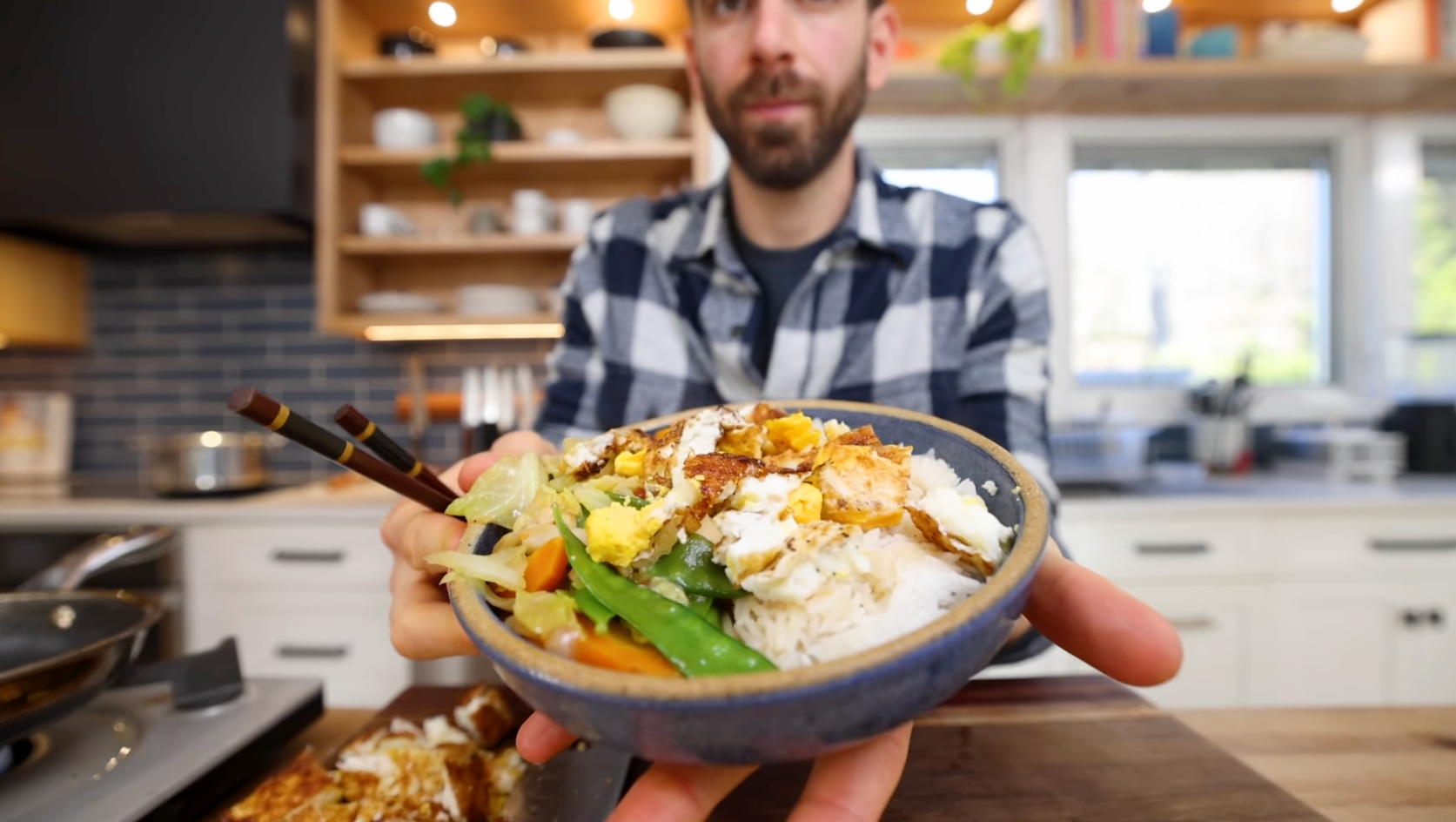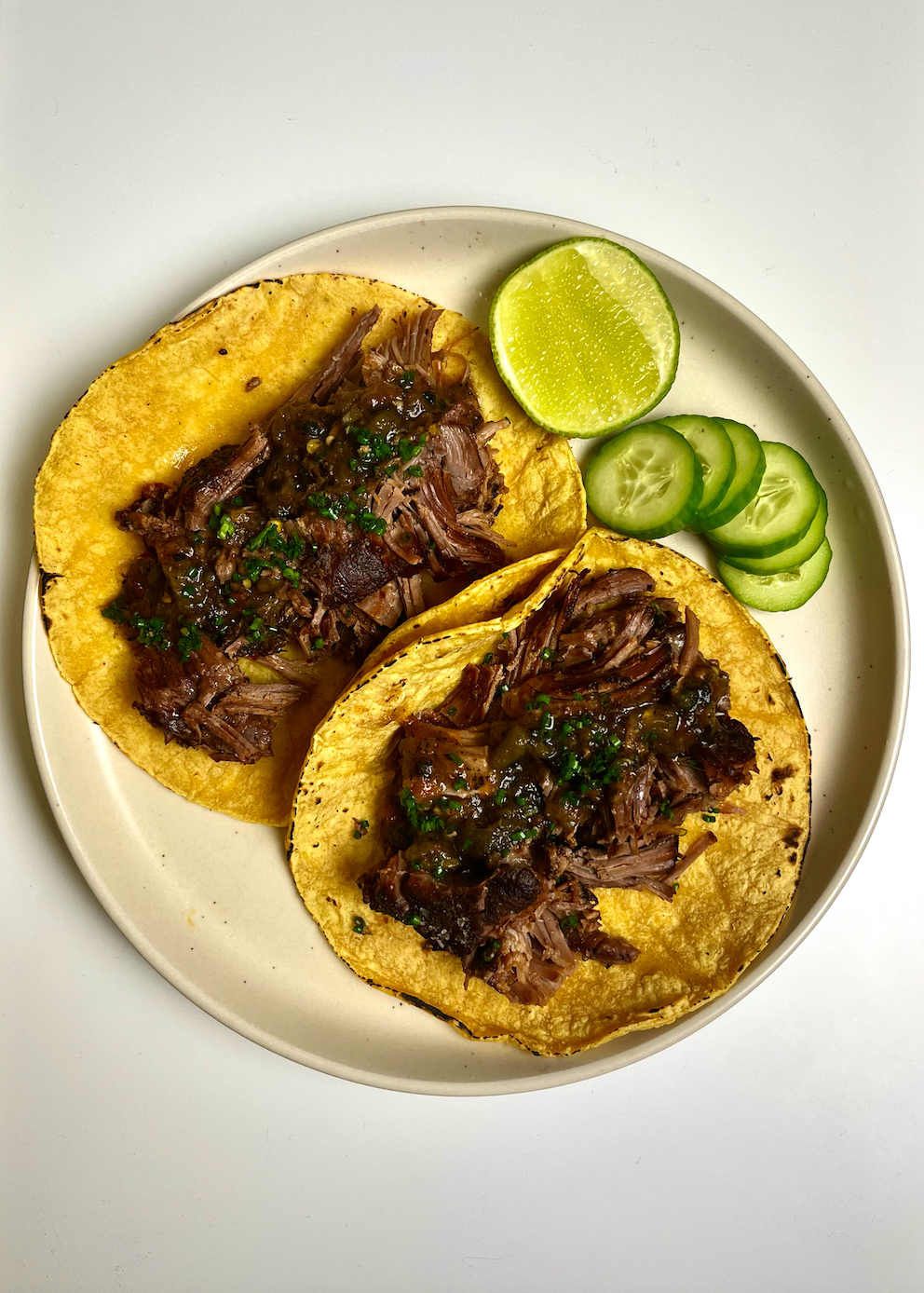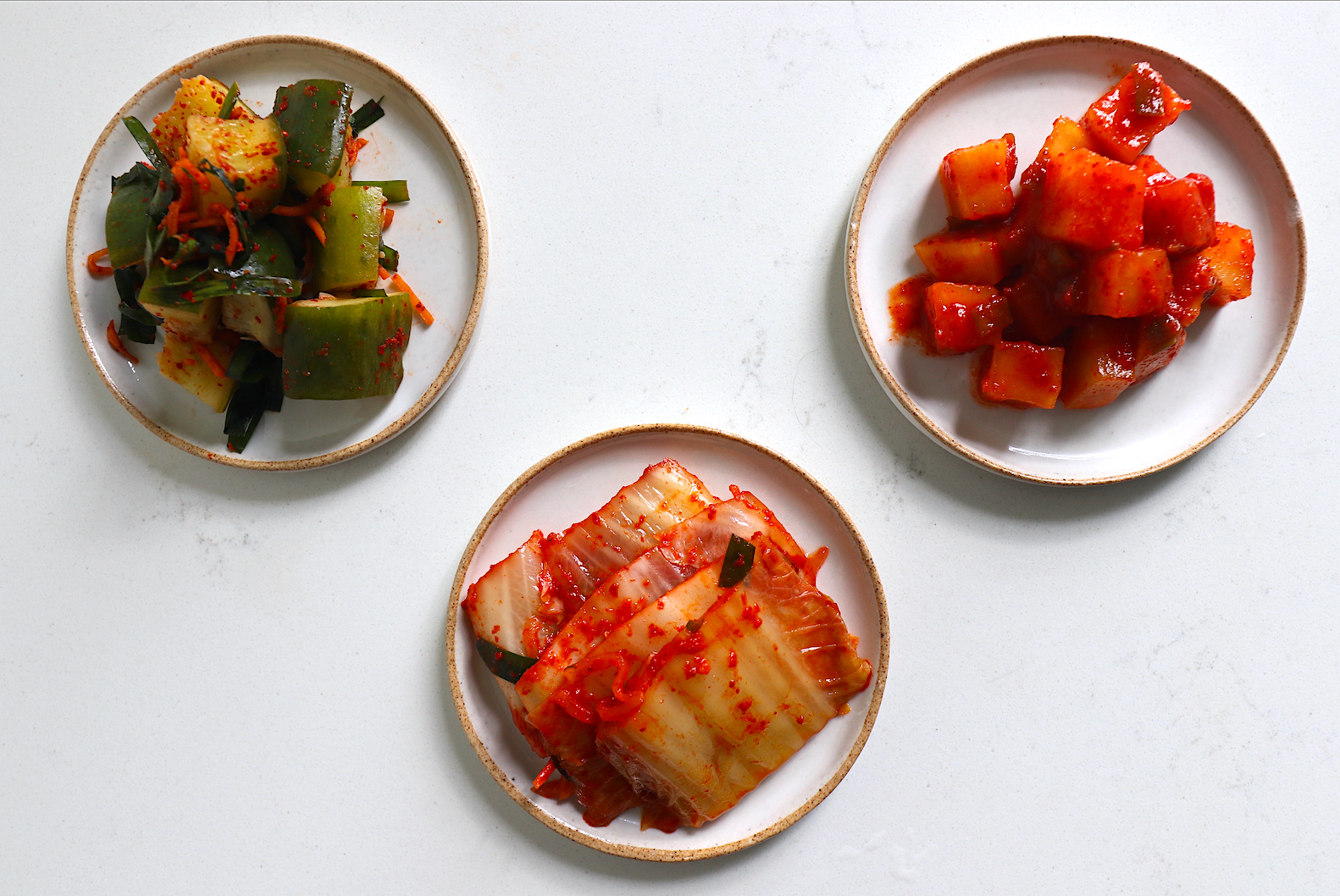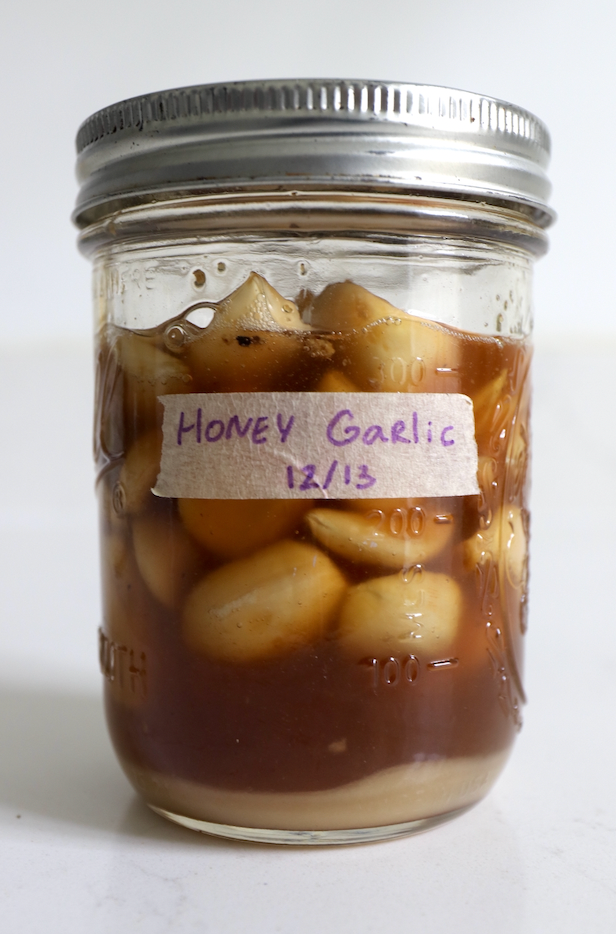
Fermented Honey Garlic
By Alex C
Senior Food Writer at Pro Home Cooks
The fermentation world is a never ending wonderland filled with good bacteria transforming foods into funky fermented goodies for us to enjoy. Good bacteria lives in many forms and in many places but one of the most fascinating ones for me is honey. Raw honey contains good bacteria and microorganisms that come from pollen, the digestive tract of bees, flowers and more. When kept unpasteurized and bought from a reputable source, honey can act as a wonderful form of bacteria added to your diet as well as a starter for fermented goods such as honey garlic.

What is honey garlic you ask? Well, honey garlic is exactly what it sounds like… its honey and garlic. By combining an equal ratio of fresh raw garlic to raw unpasteurized honey and allowing it to ferment for at least 2 weeks to 1 month you’ll end up with garlic that is now sweet with no raw garlic kick. The real bonus is that as the garlic starts to ferment it will secrete enough liquid to thin out the honey. The liquid you are left with is a honey infused garlic that goes amazing with tons of different dishes like dressings, marinades, pizza, glazes, veggie stir fries, dips, cheeses, and sandwiches! YUM, RIGHT?!

Now, before you mention botulism to me, dont. I can already hear the emails coming but let me tell you a little fact about botulism. It only grows in environments with low oxygen and low sugar but most importantly a less acidic environment. Honey contains enough acid to keep the botulism spores from spreading. However, I can understand the fear so there are a few things you can do. One is to buy a ph tester for food, one like this will work, to test the ph level of the honey garlic. Anything below 4.6 is perfect. Honey typically has a pH of 3.9 but that can vary between brands. The second thing you can do, is to add a splash of apple cider vinegar which will bring the pH level down.

With most recipes that have very few ingredients, it's important to purchase the highest quality ingredients. So for honey you want to get unpasteurized raw honey (otherwise this recipe wont work!) and for the garlic you want to get fresh organic ones. I would recommend going to a health food store like Whole Foods or your local farmers market to purchase these two ingredients. With that being said, let's get to this recipe!

TOP ARTICLES
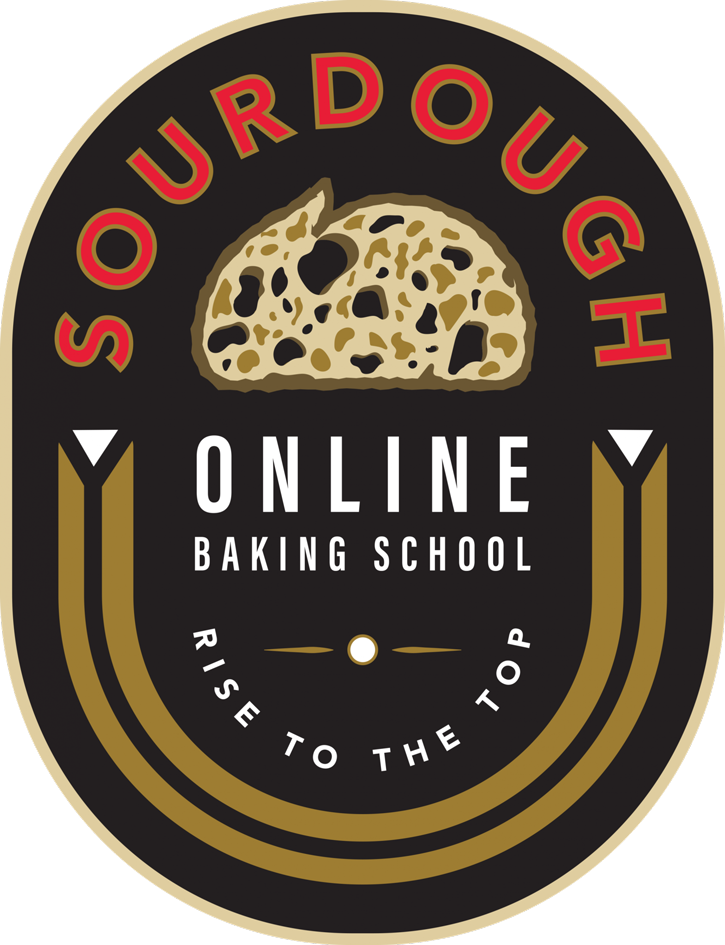
Sourdough Baking School
Master the art of sourdough bread baking in the most comprehensive baking class on the internet. This class features over three hours of baking content to help you start your sourdough journey.
See More


